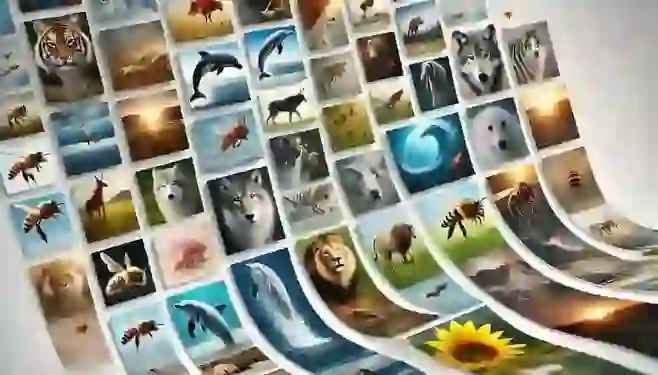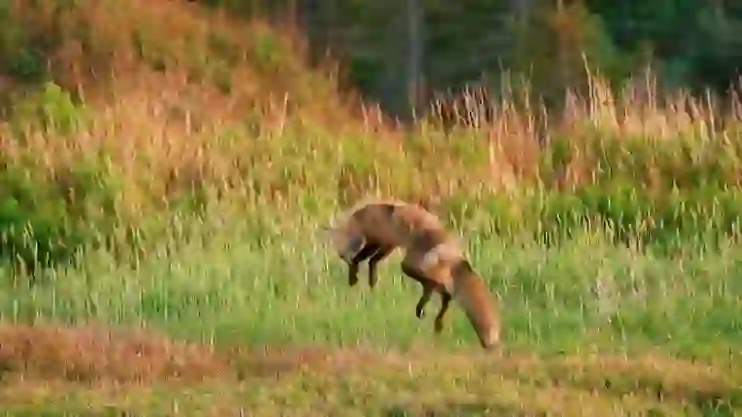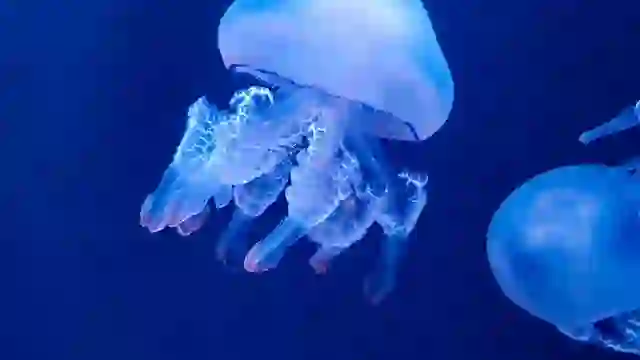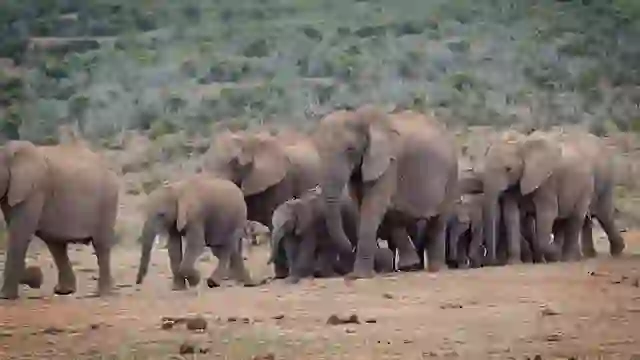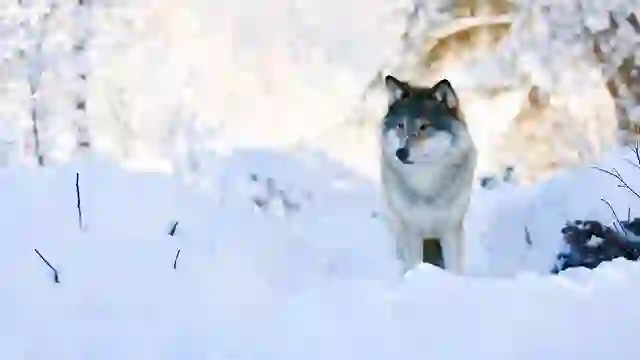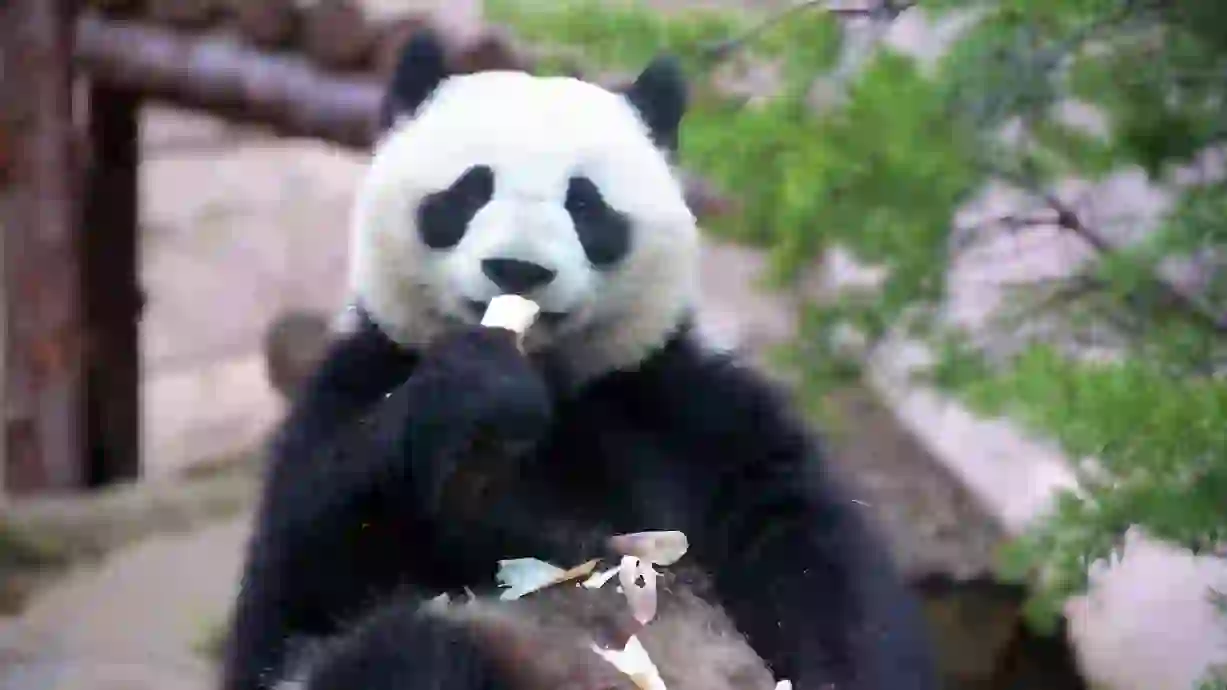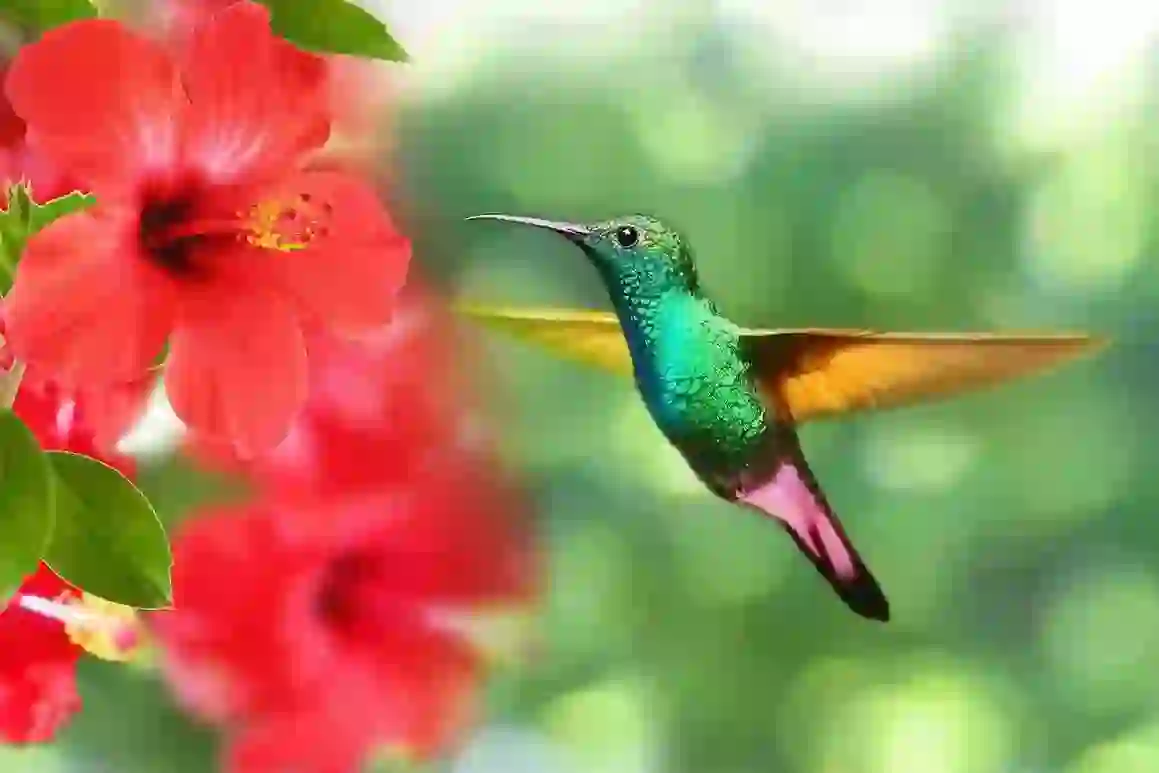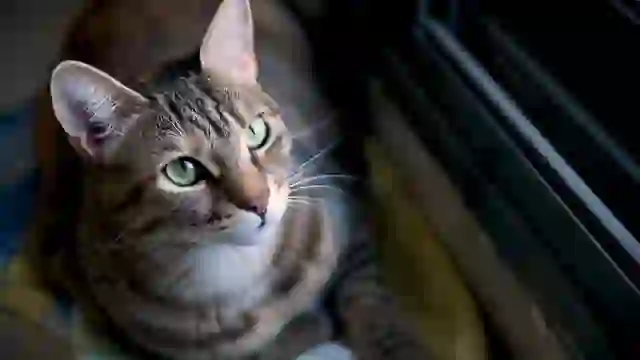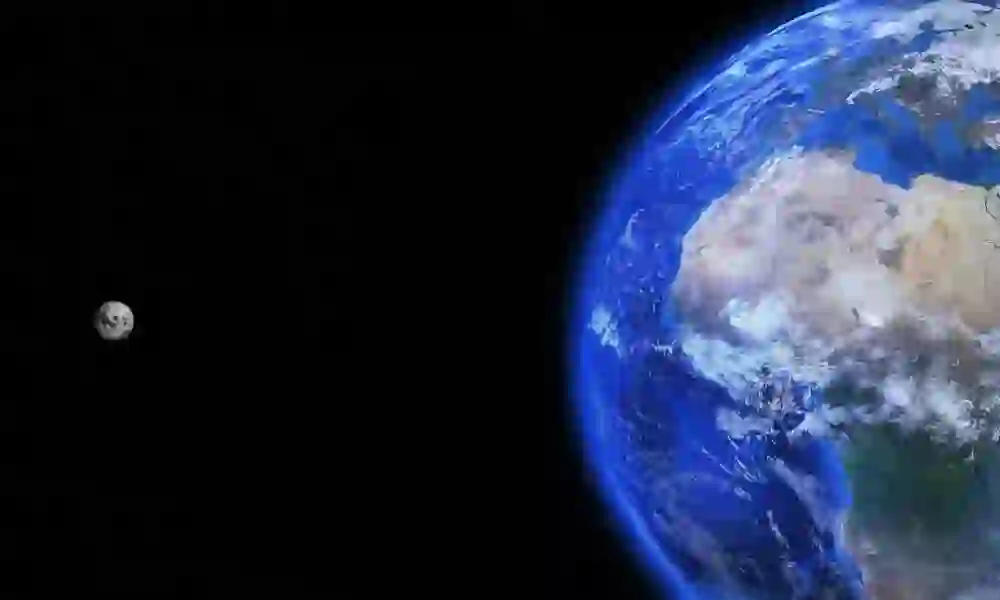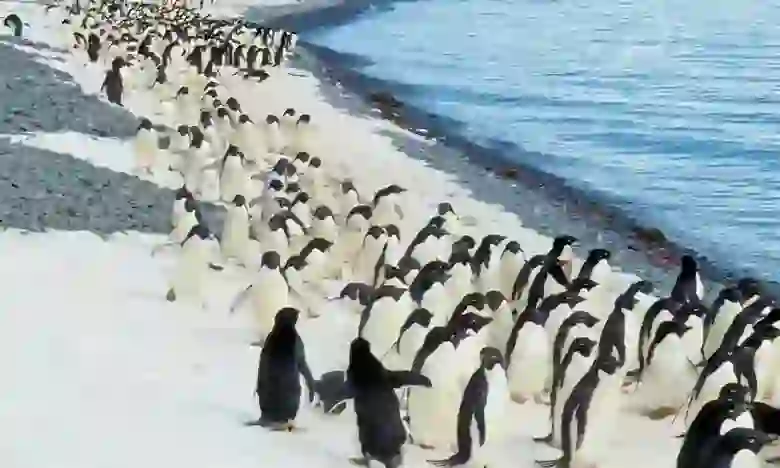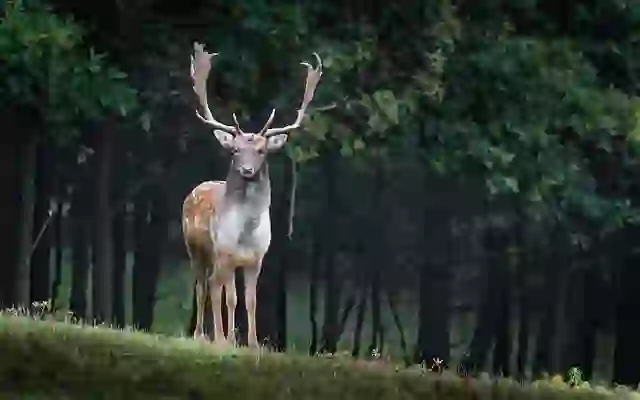
Ghost Frog
Ghost Frog
Ghost Frog
In the streams of South Africa, a mysterious frog, the ghost frog, dwells in secrecy. Their translucent bodies and ability to cling to rocks have earned them the name "ghost." Let's unravel the secrets of the ghost frog's mystical world!
Ghost Frog Basic Infomation
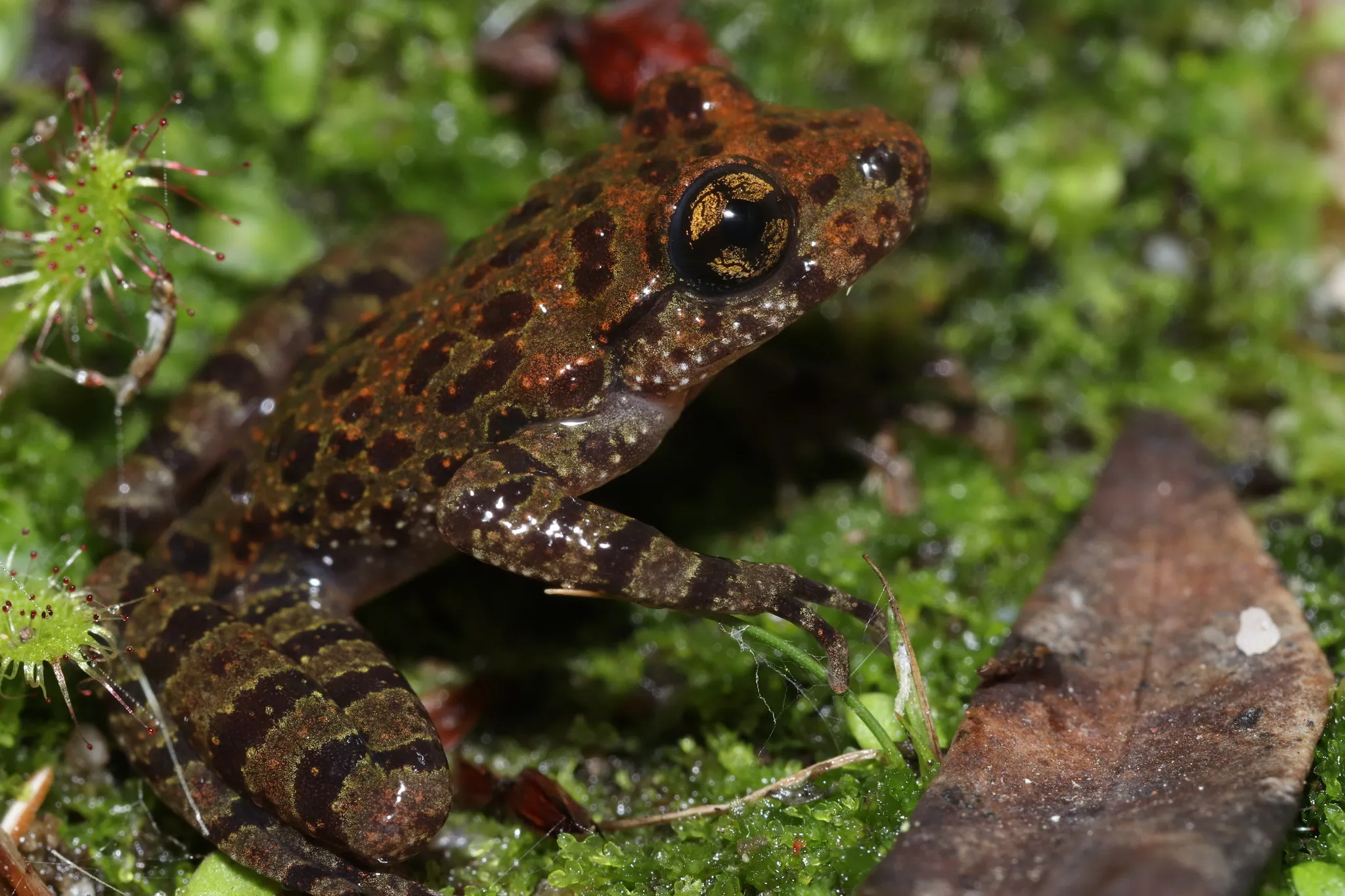
| Property | Value |
|---|---|
| Scientific Name | Heleophrynidae |
| Taxonomic Status | FAMILY |
| Rank | Family |
| Vernacular Names | ghost frogs |
| Kingdom | Animalia |
| Phylum | Chordata |
| Class | Amphibia |
| Order | Anura |
| Family | Heleophrynidae |
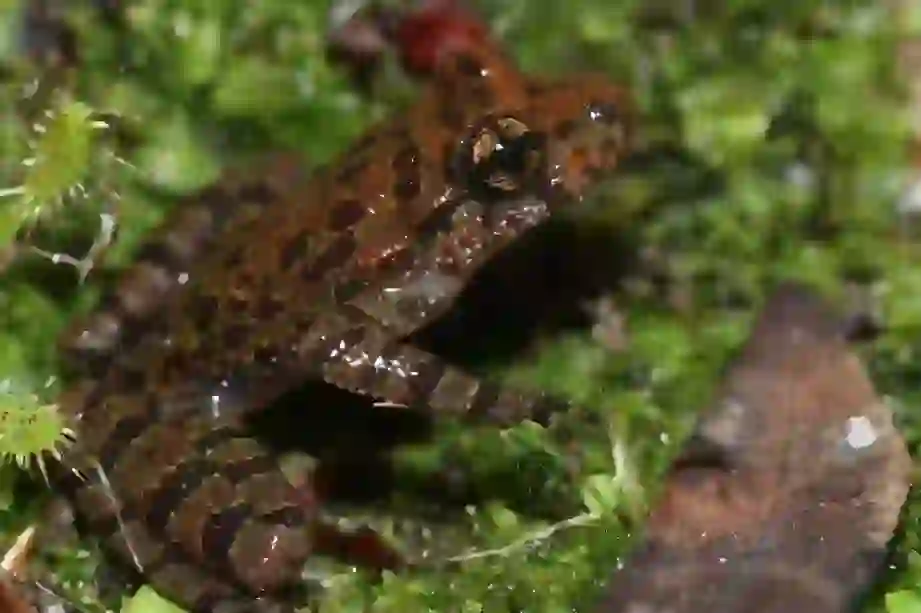
The Heleophrynidae, or ghost frogs, are a family of primitive frogs found exclusively in South Africa.
They are named for their translucent bodies and their ability to cling to rocks, giving them a ghostly appearance.
Ghost Frog Q&A

What kind of frogs are Ghost Frogs?
Ghost frogs inhabit the cold, fast-flowing streams of mountainous regions in South Africa.
They have suction-like structures on their toes that allow them to cling tightly to rocks.
Some species have translucent bellies, revealing their internal organs.
This unique feature gave them the name "Ghost Frogs."
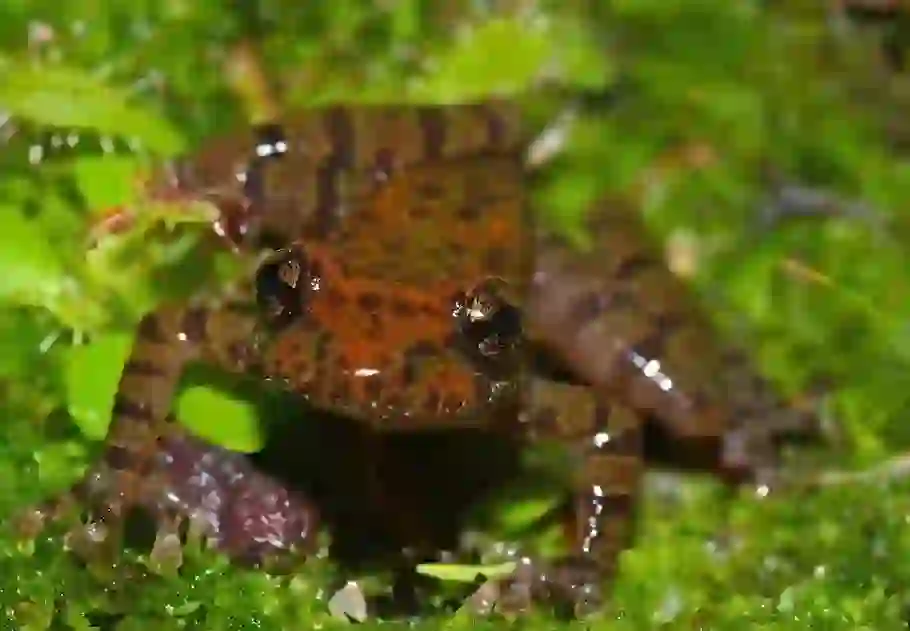
Why do Ghost Frogs live in streams?
Ghost frogs are specialized frogs that have adapted to the unique environment of streams, a habitat not commonly inhabited by other frogs.
They can cling to rocks in fast-flowing water with their suction-like toes.
Their tadpoles are also adapted to stream life, possessing mouth suckers that help them attach to rocks and avoid being swept away by the current.
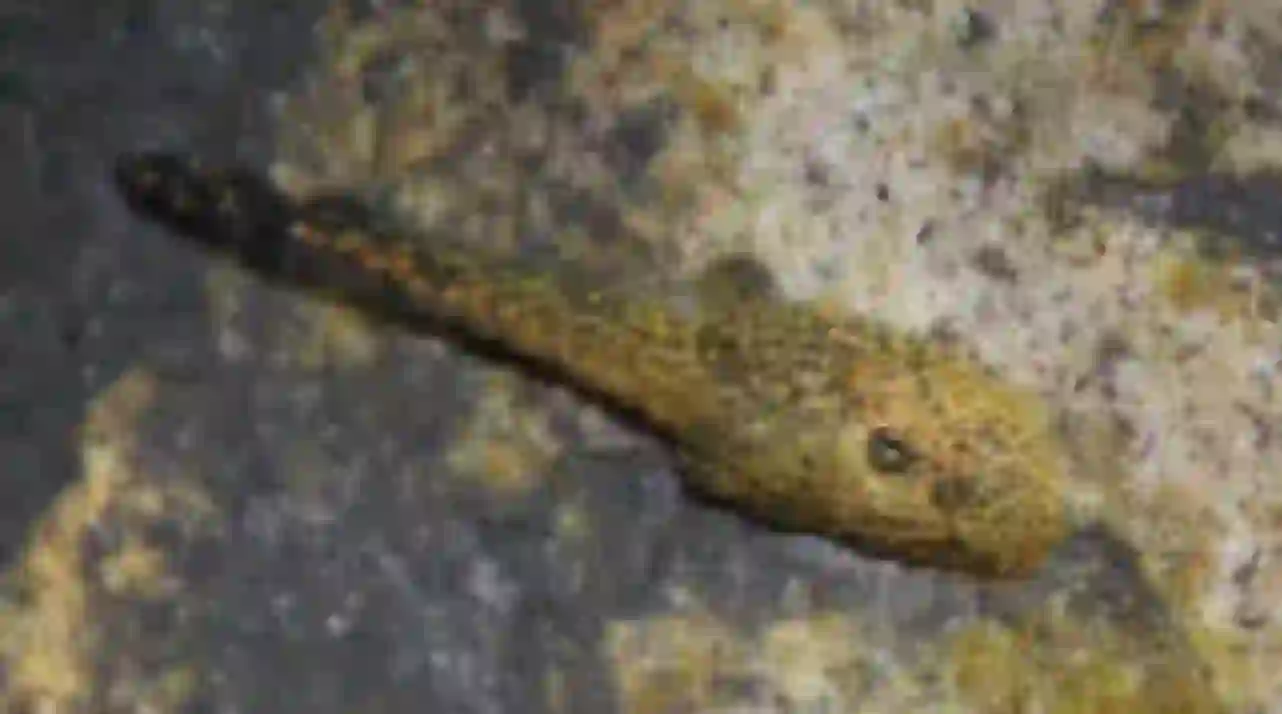
What do Ghost Frogs eat?
Ghost frogs are carnivorous, feeding on insects, spiders, and earthworms.
They are nocturnal, becoming active at night to hunt for food.

How do Ghost Frogs reproduce?
The breeding season for ghost frogs is during spring and summer.
Males attract females with a high-pitched, "peep, peep" call in the water.
Females lay gelatinous egg masses containing dozens to hundreds of eggs under rocks in the water.
The eggs hatch within a few weeks, releasing tadpoles.
Tadpoles live in water and eventually undergo metamorphosis to become adults.

Are Ghost Frogs endangered?
All species of ghost frogs are classified as endangered due to habitat loss, pollution, and climate change.
Their habitat in the mountains of South Africa is being degraded by development, agriculture, and mining.
Water pollution is also a serious problem.
Protecting their habitat is crucial for the conservation of ghost frogs.

Would you like to become a part of the 'Animalbook.jp'?
Turn your knowledge into Q&A and share it with the world. ※Publication will be activated after purchase. Let's share information together!
Ghost Frog Type of List

・Table Mountain Ghost Frog ( *Heleophryne rosei* )
・Natal Ghost Frog ( *Heleophryne natalensis* )
・Eastern Cape Ghost Frog ( *Heleophryne orientalis* )
・Purcell's Ghost Frog ( *Heleophryne purcelli* )
・Royal Natal Ghost Frog ( *Heleophryne regis* )
・Hewitt's Ghost Frog ( *Heleophryne hewitti* )
Information
Congratulations! You are the first commenter!

Create Your Favorite List!
Ghost Frog
Save the animals you love! Build your own list to quickly revisit your favorites later.

Would you like to leave a comment?
※Please note: This is for the purchase of rights to post comments within the article.
Find Your Favorites!
Our shop offers a unique and attractive selection of goods themed around various animals.
Ghost Frog References
Ghost Frog Introduction of media used

Oliver Angus, CC0, via Wikimedia Commons

Oliver Angus, CC0, via Wikimedia Commons

Tony Rebelo, CC BY-SA 4.0, via Wikimedia Commons

Serban Proches, CC BY-SA 2.5, via Wikimedia Commons

Serban Proches, CC BY-SA 2.5, via Wikimedia Commons
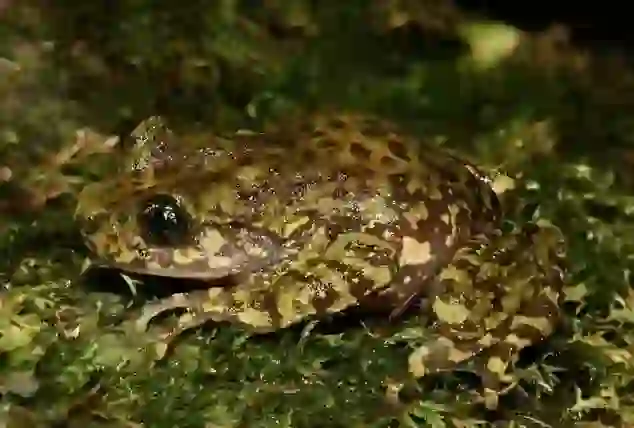
Luke Verburgt, CC0, via Wikimedia Commons
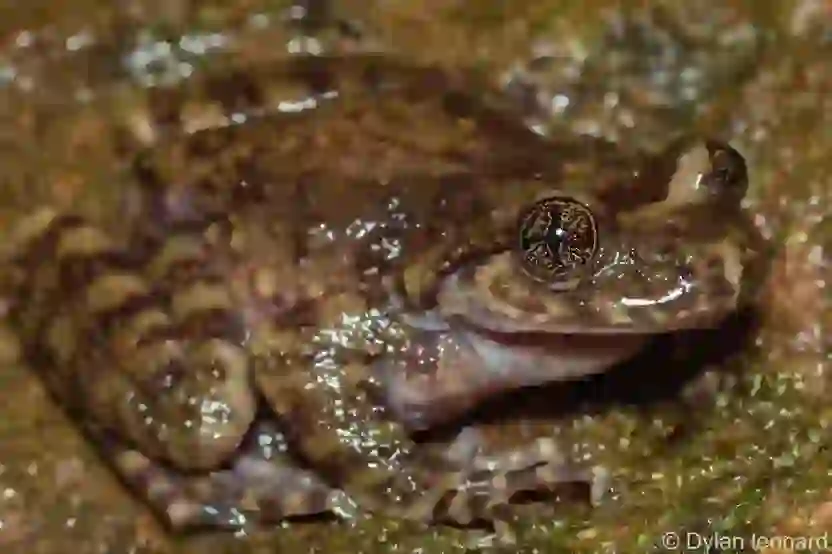
Dylan Leonard, CC BY-SA 4.0, via Wikimedia Commons
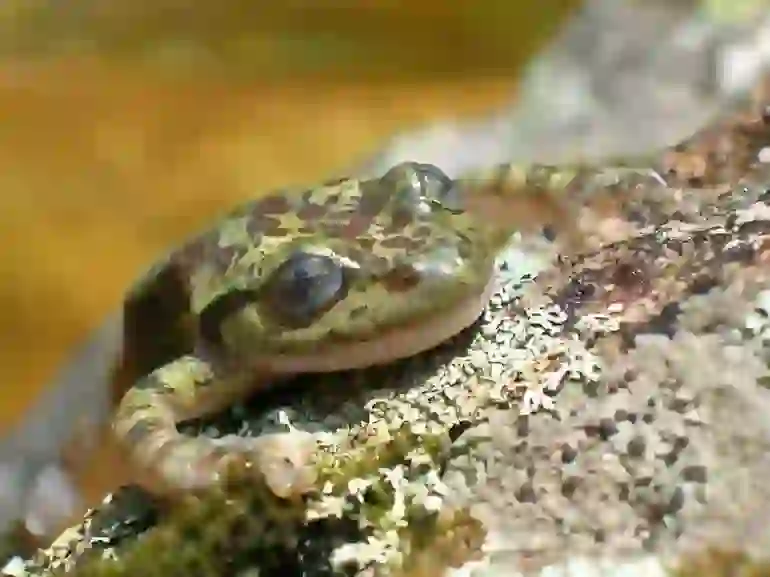
(c) Nick Helme, some rights reserved (CC BY-SA), CC BY-SA 4.0, via Wikimedia Commons
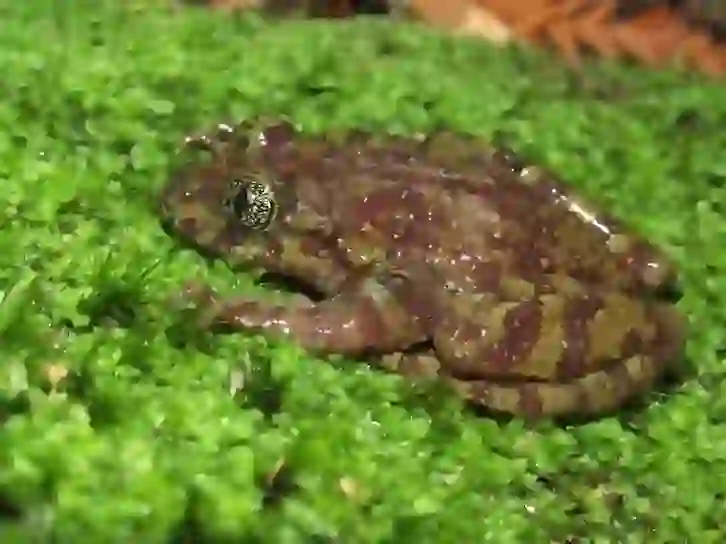
Oliver Angus, CC0, via Wikimedia Commons
.webp?alt=media)
Oliver Angus, CC0, via Wikimedia Commons
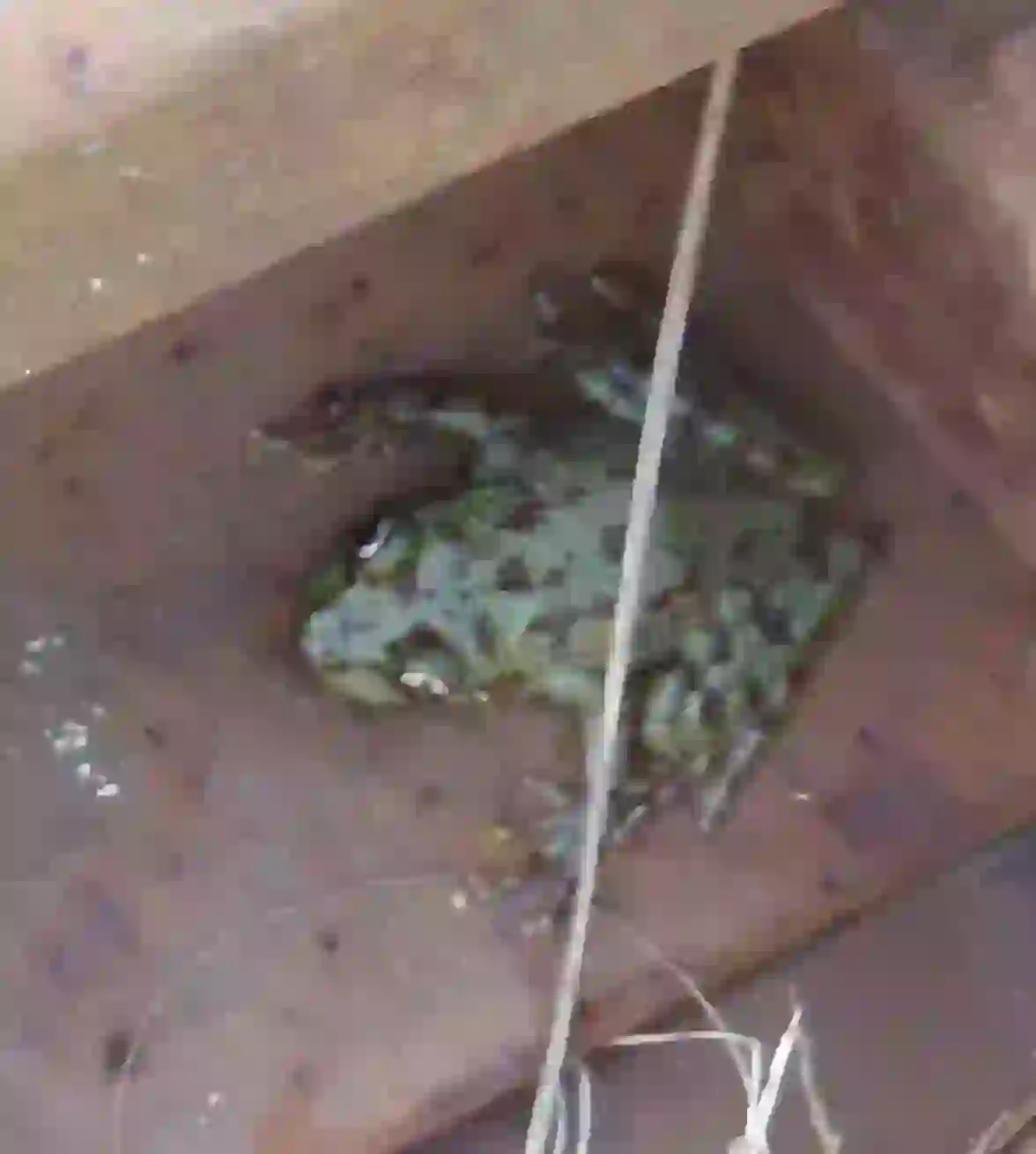
(c) Nicola van Berkel, some rights reserved (CC BY-SA), CC BY-SA 4.0, via Wikimedia Commons
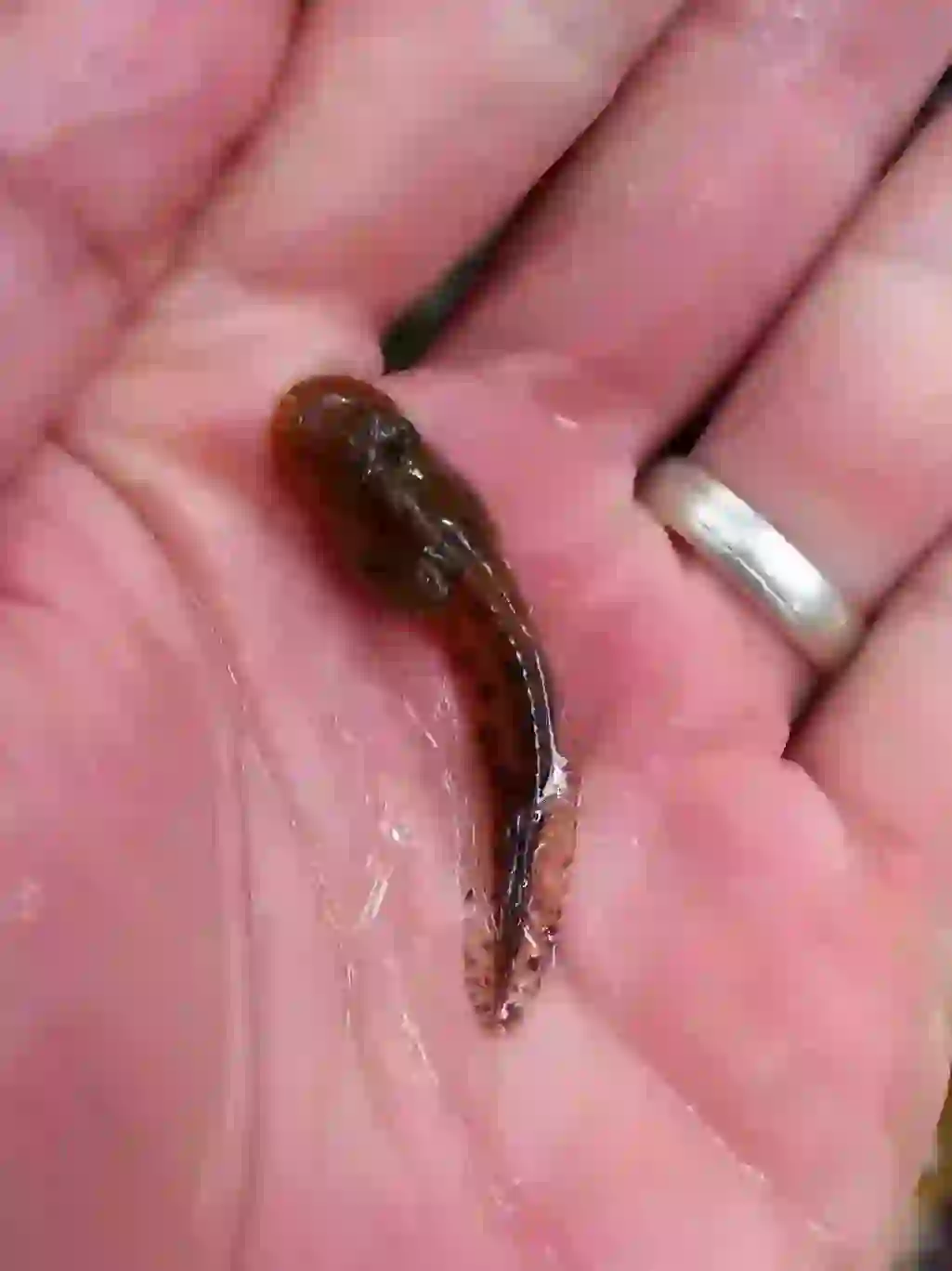
Christiaan Viljoen, CC BY 4.0, via Wikimedia Commons

Help Enrich Our Animalbook.jp with Your Media!
We are constantly looking to expand and enrich our Animalbook.jp with amazing photos and videos of animals. If you have any media that you'd like to share, please contribute and help us showcase the beauty and diversity of the animal kingdom. Your submissions will be credited and featured in our encyclopedia, reaching a wide audience of animal lovers.


